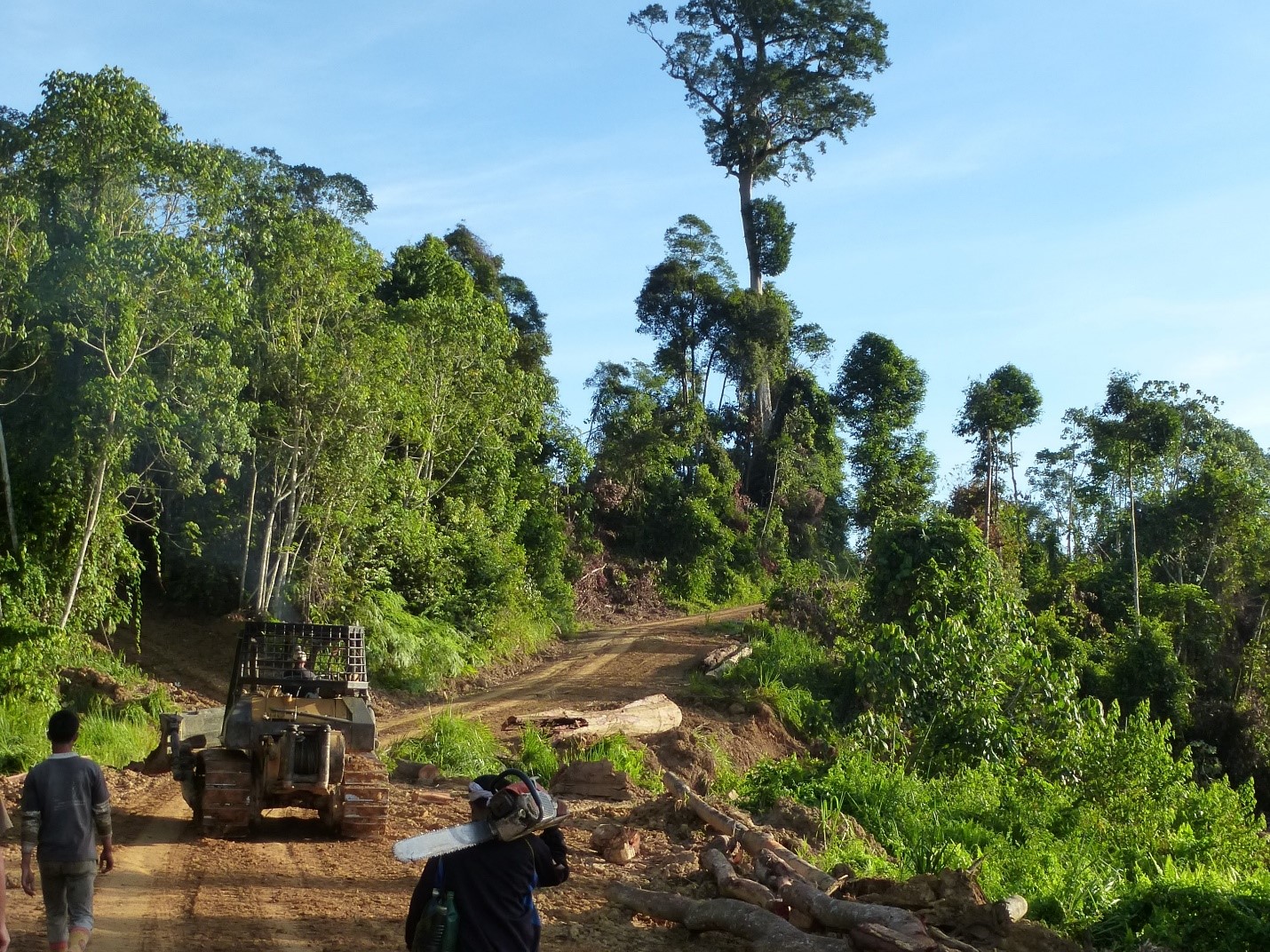We researched how logging activities impact the ability of a tropical forest to absorb and store carbon. Over a 7-year period in Malaysian Borneo, we found that forests recovering from logging activities emit more CO2 than they absorb, and that these emissions persist at least a decade following the logging activities.
Views 4474
Reading time 3.5 min
published on Aug 21, 2023
Tropical forests are incredibly important to the planet. They harbour vast amounts of biodiversity, and they store a large proportion of the Earth’s carbon. Tropical forests are, however, changing due to human activities, and human-modified forests are now more widespread than pristine old-growth forests in most areas of the tropics.
In addition to complete deforestation, tropical forests have been subjected to commercial logging activities for decades. This is so called ‘selective logging’, whereby only the large and commercially valuable trees are harvested, leaving behind a less dense, shorter-stature forest, which is left to spontaneously recover. Our research looks at how these logging activities change how tropical forests emit and absorb carbon, and subsequently, their ability to store carbon. We conducted this research in Malaysian Borneo as this area has a long history of commercial logging. We compared forests that were unlogged to those that had been logged moderately (two times) and heavily(four times) and are now recovering from the disturbance. We monitored the sites for seven years and used two independent methods: biometric ground-based estimates, whereby every month a team goes out into the permanent forest plots to take physical measurements of trees, soil, roots and leaf litter, and a flux tower reaching above the forest canopy, which has instruments to continuously record the exchange of carbon dioxide between the forest and the atmosphere.
Previously, it has been assumed that tropical forests that are recovering from logging are an important carbon sink, because these logged forests experience increased growth rates after logging. When the loggers remove the larger trees, it creates large gaps and let’s light into the parts of the forest that were previously shaded. This light helps smaller trees grow fast after logging, and the gaps allow for new trees to establish themselves. As trees grow, they gain woody biomass and in this biomass they store carbon. This is, however, only one part of the picture.
Although our study observed this increase in growth and carbon gain, we were also able to measure the carbon losses from the forests, which many previous studies have ignored. During logging, neighboring trees can get damaged and subsequently die, and many felled trees are abandoned. This collateral damage accounts for a larger proportion of the forest biomass loss than the commercially harvested trees themselves. Furthermore, forest soil can become disturbed by the logging machinery, the uprooting of the fallen trees, and the death of the roots of the cut and damaged trees. We found that both the deadwood and soil were emitting lots of carbon back into the atmosphere from the decay of the deadwood, logging residue and carbon that had been previously stored in the soil. When we added together all the components of the carbon cycle in these forests, we found that the amount of woody biomass carbon the trees gain wasn’t enough to outpace how much carbon they lost from deadwood and soils. We found that overall, the logged forests were a net source of carbon, that is, they were emitting more carbon into the atmosphere than they were absorbing, and both measurement methods agreed on this. This means that a lot of the world’s tropical forests that have been subject to logging activities could also be acting as net carbon sources even when the trees are growing fast. Our unlogged forest sites, on the other hand, were small sinks of carbon or carbon neutral, which is consistent with previous research. Our results provide a stark reminder that although wood is a renewable resource, forest-use may have adverse climatic impacts.
From our research we know that the extra emissions are coming from the soil and the deadwood, even decades after the last logging event. The areas that had been the most intensively logged and had suffered the most logging damage were the largest carbon-emitters. These findings reinforce the need to keep timber extraction volumes moderate, and to adopt reduced impact logging methods. They consist of planning routes around the forest in advance as this minimizes collateral damage and soil disturbance, mapping out which trees will be removed in advance to avoid wastage, and cutting of vines, to avoid pulling down surrounding trees that are connected to the target trees by vines.
However, even in their logged state, these ‘degraded’ forests are not wastelands: they consist of native tree species, provide a habitat for animals and plants, and retain significant amount of biodiversity and ecological value compared to tree plantations. Thus, these forests are still important for tropical forest conservation.
Original Article:
Mills, M. B., Malhi, Y., Ewers, R. M., Kho, L. K., Teh, Y. A., Both, S., Burslem, D. F. R. P., Majalap, N., Nilus, R., Huaraca Huasco, W., Cruz, R., Pillco, M. M., Turner, E. C., Reynolds, G., & Riutta, T. (2023). Tropical forests post-logging are a persistent net carbon source to the atmosphere. Proceedings of the National Academy of Sciences, 120(3). https://doi.org/10.1073/pnas.2214462120
 Plant Biology
Plant Biology



